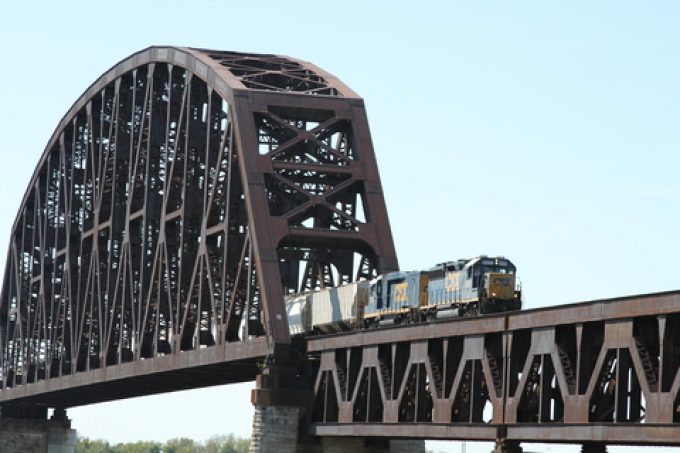Let's cut through the (tariff) noise with CSX CFO...
Pay attention to the signs

Continued destocking appears to be behind the collapse in rates that has seen second-quarter intermodal financial performances of North American railroad operators hit the buffers.
Revenues for the three months to July at Canadian National fell 26%, to C$983m (US$746m), with CSX reporting an 18% fall, ...

Comment on this article